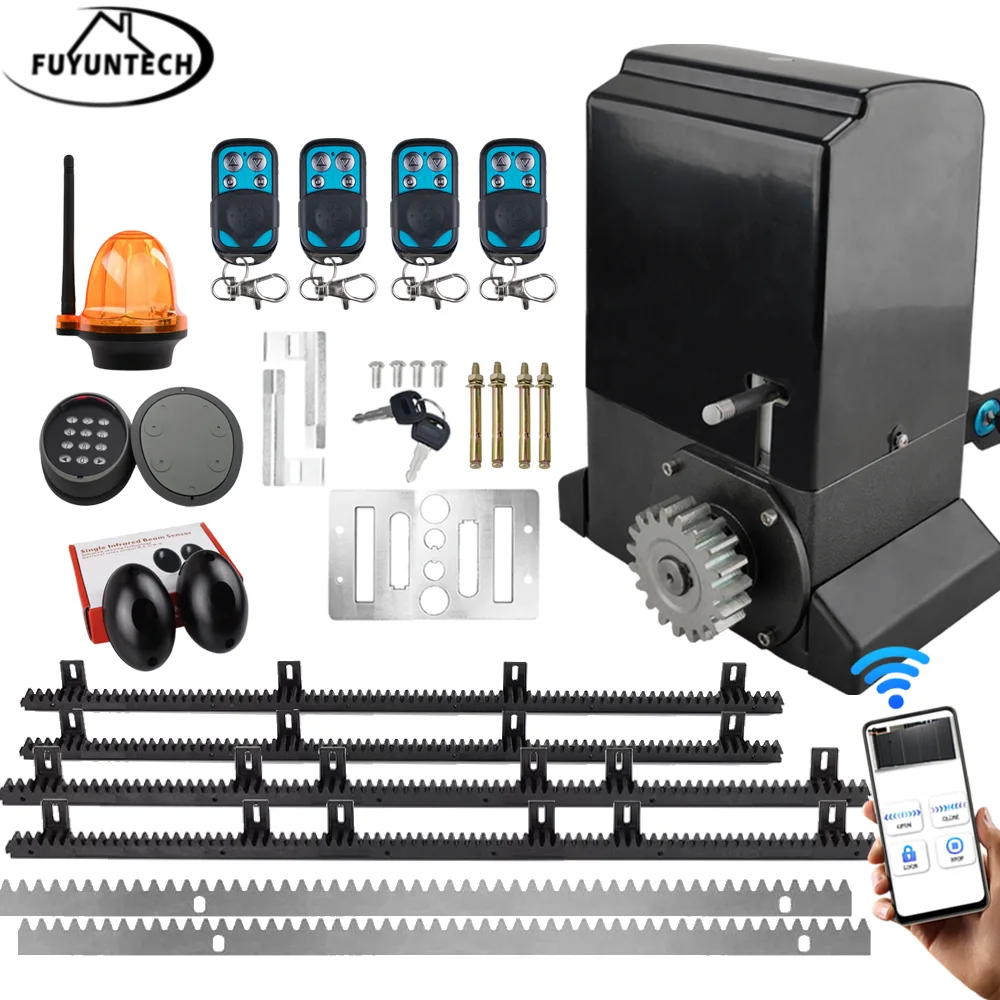In today's interconnected world, staying connected to the internet is essential, even when we are away from the comfort of our homes. Whether you are a frequent traveler, a digital nomad, or simply someone who needs to access the internet on the go, knowing how to connect to Wi-Fi networks outside your home is crucial. In this blog post, we will explore various methods and strategies to help you stay connected and make the most out of your Wi-Fi experience while away from home.
- Research and Plan Ahead:
Before embarking on your journey, it is essential to research and plan your Wi-Fi connectivity options. Here are a few steps to consider:
- Identify Wi-Fi hotspots: Look for places such as cafes, libraries, airports, and hotels that offer free or paid Wi-Fi access. Websites like Wi-Fi Map and JiWire can help you find Wi-Fi hotspots in your desired location.
- Check network availability: Once you have identified potential Wi-Fi hotspots, check if they have reliable internet connectivity. Reading reviews or contacting the establishment can provide insights into the network's speed and reliability.
- Utilize Mobile Data:
When Wi-Fi networks are not readily available, your mobile data can be a lifesaver. Here are some tips to optimize your mobile data usage:
- Monitor data usage: Keep track of your data consumption to avoid exceeding your plan's limits. Use built-in features on your smartphone or install data monitoring apps to stay informed.
- Enable data-saving features: Many apps and operating systems offer data-saving features that compress data or restrict background data usage. Enable these features to make the most out of your mobile data.
- Use Portable Wi-Fi Hotspots:
If you require a more reliable and secure internet connection, investing in a portable Wi-Fi hotspot device can be a game-changer. Consider the following:
- Choose the right device: Research different portable Wi-Fi hotspot devices available in the market and select one that suits your needs. Look for features like battery life, network compatibility, and data plans.
- Compare data plans: Different providers offer various data plans for portable Wi-Fi hotspots. Compare prices, data limits, and coverage to find the best option for your usage requirements.
- Connect to Public Wi-Fi Networks Securely:
Public Wi-Fi networks can be convenient but also pose security risks. Follow these precautions to protect your data:
- Use a VPN: A Virtual Private Network (VPN) encrypts your internet connection, ensuring your data remains secure. Install a reputable VPN app on your devices and activate it whenever connecting to public Wi-Fi networks.
- Avoid sensitive transactions: Public Wi-Fi networks may not be secure enough for sensitive activities like online banking or shopping. Save these tasks for when you have a trusted and secure connection.
Conclusion:
Staying connected to Wi-Fi networks while away from home is no longer a challenge with the right knowledge and strategies. By researching, planning ahead, utilizing mobile data, considering portable Wi-Fi hotspots, and connecting securely to public networks, you can ensure a seamless and secure internet experience wherever you go. Embrace the digital world without limitations and make the most out of your Wi-Fi connectivity while on the move.




